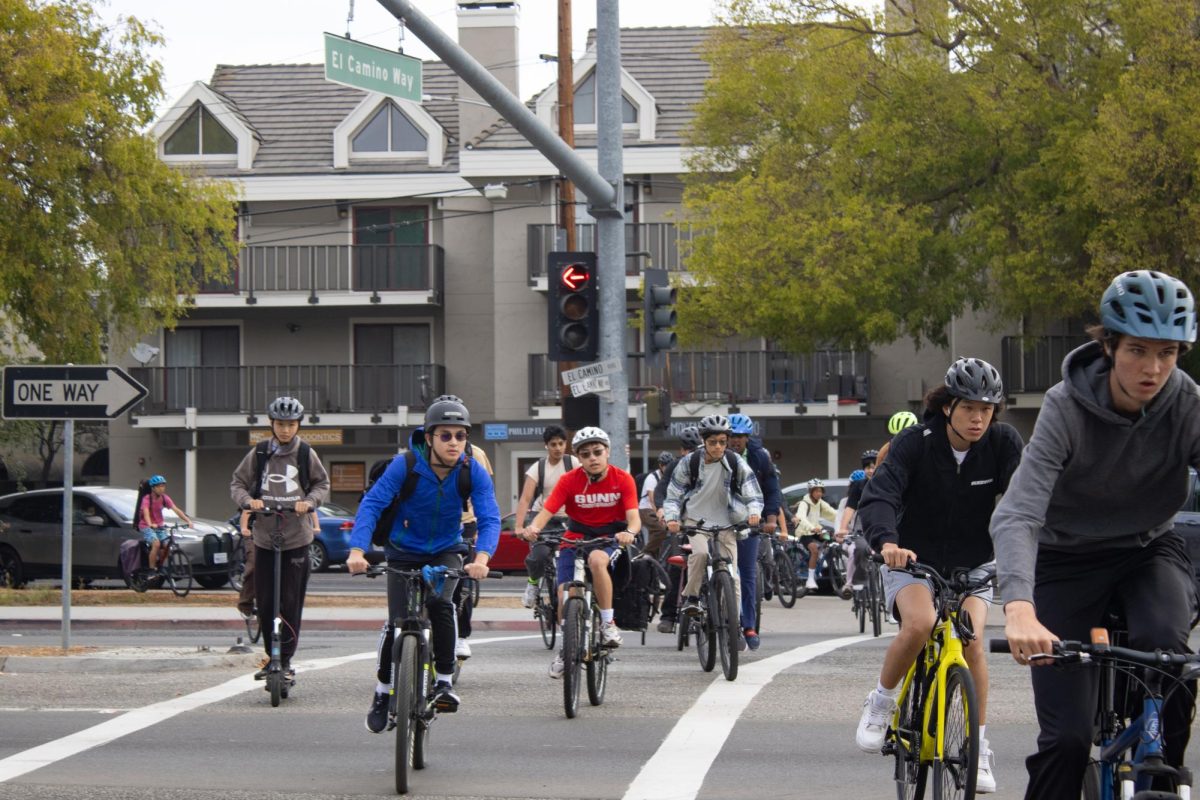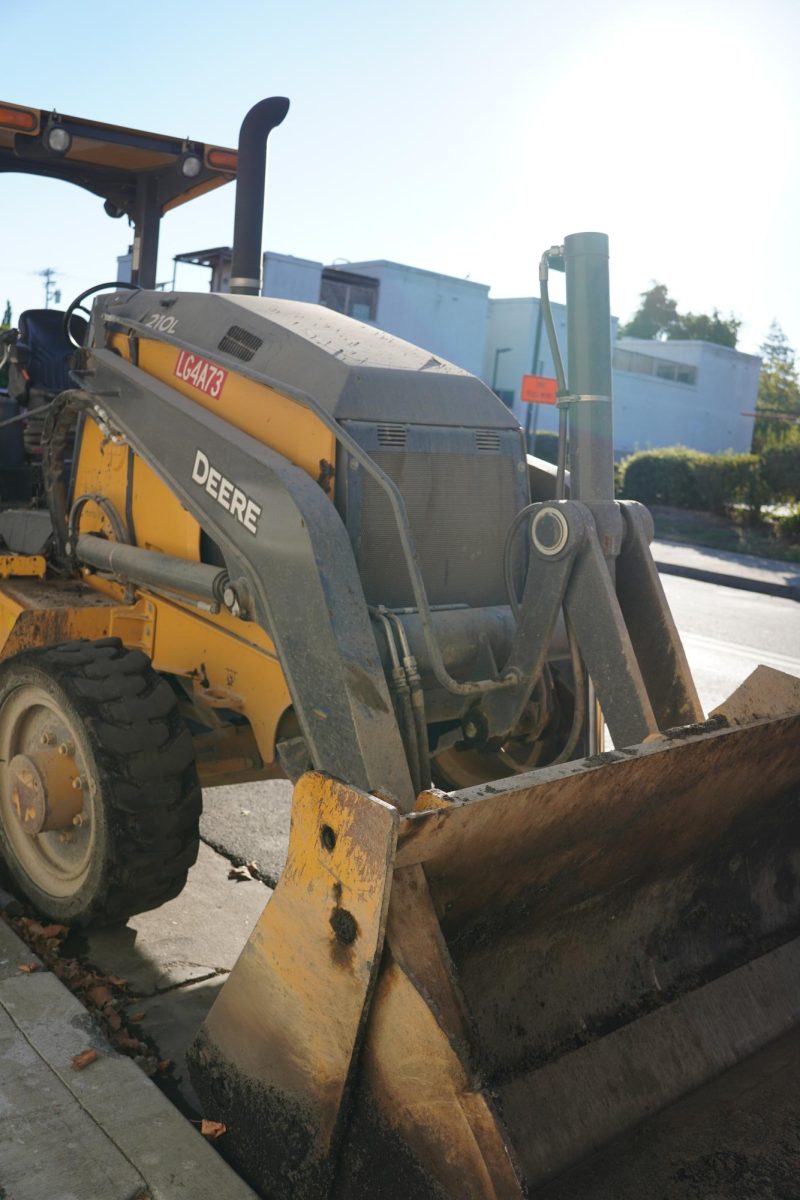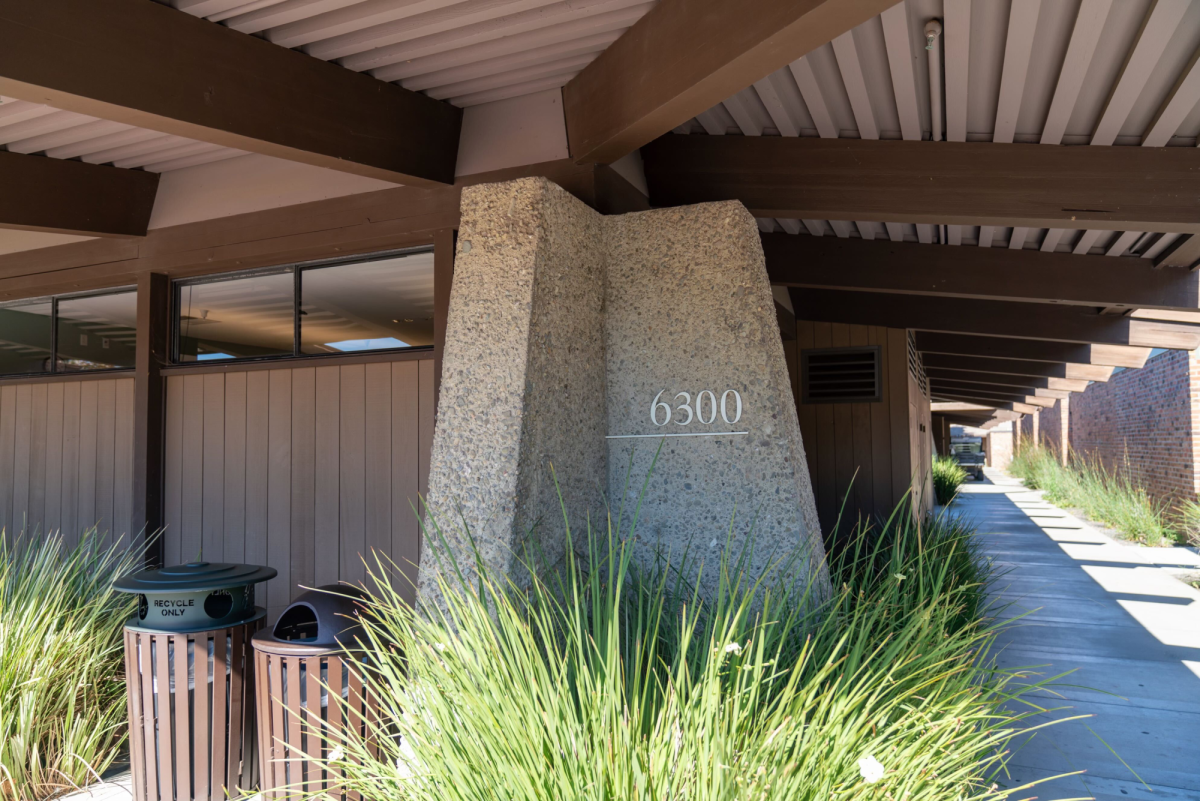The California Department of Transportation began construction in northern Palo Alto on Sept. 3 as a part of the El Camino Real Repavement Rehabilitation and American Disability Act Improvements project, which is anticipated to be completed in the fall of 2025. The construction will begin at Sand Hill Road and continue southbound to State Route-237 in Mountain View.
Construction will occur on both sides of the road, impacting the use of bike lanes. To help minimize traffic delays, the majority of the work is being completed overnight rather than during commute hours. Since Sept. 9, signs have been posted to prevent vehicles from parking along the road until the area is clear of construction.
This project falls under Caltrans’ Capital Preventative Maintenance project, which calls for the annual improvement of state roads and includes filling potholes and re-laying concrete. According to Caltrans, the estimated budget of the El Camino Paving Project is $44.6 million, an amount which comes from the State Highway Operation and Protection Program and local funds. In compliance with the ADA, curb ramps and crosswalks will be improved to meet current accessibility requirements.
According to University of California Berkeley’s Transportation Injury Mapping System, in the past ten years there have been a total of 3,179 recorded traffic accidents in Palo Alto, resulting in 23 fatalities and 4,125 injuries, with bicycles being involved in 18.6% of accidents. In 2020, in response to these numbers, Caltrans began submitting documents for repavement. However, according to Palo Alto Planning and Transportation Commissioner George Lu, the construction was delayed.
“(Caltrans) is overdue to repave El Camino,” he said. “They started a process two or three years ago to repave the streets. The motivation from the state was that El Camino has a couple of intersections and sections identified as high safety risks where there has been a history of accidents.”
The project also includes the implementation of Class IV bike lanes with vertical buffers separating bikes from traffic lanes and Class II bike lanes that consist of only painted striping. These additions, which are expected to cost $3.2 million according to the state agency, will allow bikers to travel on the road instead of on sidewalks with pedestrians. Cars will also be prohibited from turning right during red lights as an additional preventative measure.
Despite these precautions set in place, Gunn Bike Club advisor Karen Saxena, an avid biker who appreciates the city’s bike accessibility and existing infrastructure, noted her preference for the neighborhood bike paths that are not on El Camino.
“I’m not sure I feel that a bike lane on El Camino will be a safe place to bike — there are too many entrance and exit spots that are unlikely to make it safe,” she wrote in an email interview. “There are so many other options, so I will probably continue to use (them instead).”
Additionally, the project decreased the amount of parking space available along El Camino Real. A City Council staff report stated that around 41 residents living on El Camino in recreational vehicles were displaced. Deputy City Manager of Palo Alto Chantel Cotton Gaines explained that the Palo Alto Community Foundation, with the council’s support, successfully filed for a grant to expand an existing parking site on Geng Road from 12 to 22 parking spaces. This expansion requires a significant investment from the city, who will support the operation by withdrawing from their mid- year budget this January. The site is currently operated by the nonprofit Move Mountain View, which includes a children’s library and other programs.
“They are really trying to help people get established as they make their way towards permanent housing,” Gaines said. “The City Council realized this opportunity for us to expand that lot so that we can accommodate some of the relocating RVs because there is always a waitlist for our Geng Road site.”
While the Geng Road parking site is undergoing preparation, the city has partnered with Santa Clara County and various organizations to support RV families. Their programs will remain important even after the new site opens, due to the limited capacity and long waitlist.
“We are regularly (in) contact with families along El Camino, and there are two nonprofits that offer things like health assistance and vehicle services,” Gaines said. “We want to make sure that people living on the street, in regular vehicles (and) RVs, know that they can take advantage of the congregation-based parking sites in the city and other possible services that could be available countywide.”
In the project preparation stage, City Council members Ed Lauing and Pat Burt reviewed plans and discussed changes with Caltrans. While the project falls under state jurisdiction, Caltrans was responsive to the city’s input. During the City Council meeting on May 1, Caltrans pushed for a bike lane. However, council members called for the state agency to revise their plan, backed by a council-funded study by Fehr & Peer that cited concerns regarding bike safety and parking regulations. On June 27, after reviewing an updated design, the council approved the bike lane plan that is currently in effect.
“While the state is proposing safety improvements, for some people, just by building bike lanes on a pretty unsafe road, you would create more risk overall,” Lu said. “I had a bunch of recommendations for really specific intersections, and I was like, ‘Oh, they actually work through the City Council, work through the staff and get some of these suggestions implemented.’”
Listening to concerns from residents, the council also considered the impact of the displaced RVs moving into neighborhood parking. Additionally, council members noted the possibility of vehicles parking near small businesses, which would reduce the amount of parking for customers. In response, when approving the final plan, the City Council also approved changes to the Residential Preferential Parking, which will grant certain businesses employee parking in roads adjacent to El Camino.
However, according to Lu, around 80% of businesses in the area have their own parking lots, so this concern is not a major issue.
“I think that issue was always a little bit overblown,” he said. “You might not always know (parking lots) are there because (small businesses) have not needed to advertise them, but there are a lot of parking lots, and most of the businesses will be okay.”
While construction will affect school bike routes and traffic flow, Lu highlighted its necessity and benefits, especially in Palo Alto where there are so many resident bikers.
“There’s definitely the possibility of needing to detour,” Lu said. “I think the construction will be honestly quite disruptive, but I think the outcomes will be worth it.”
A correction regarding the mid-year budget has been updated from the print edition.


































